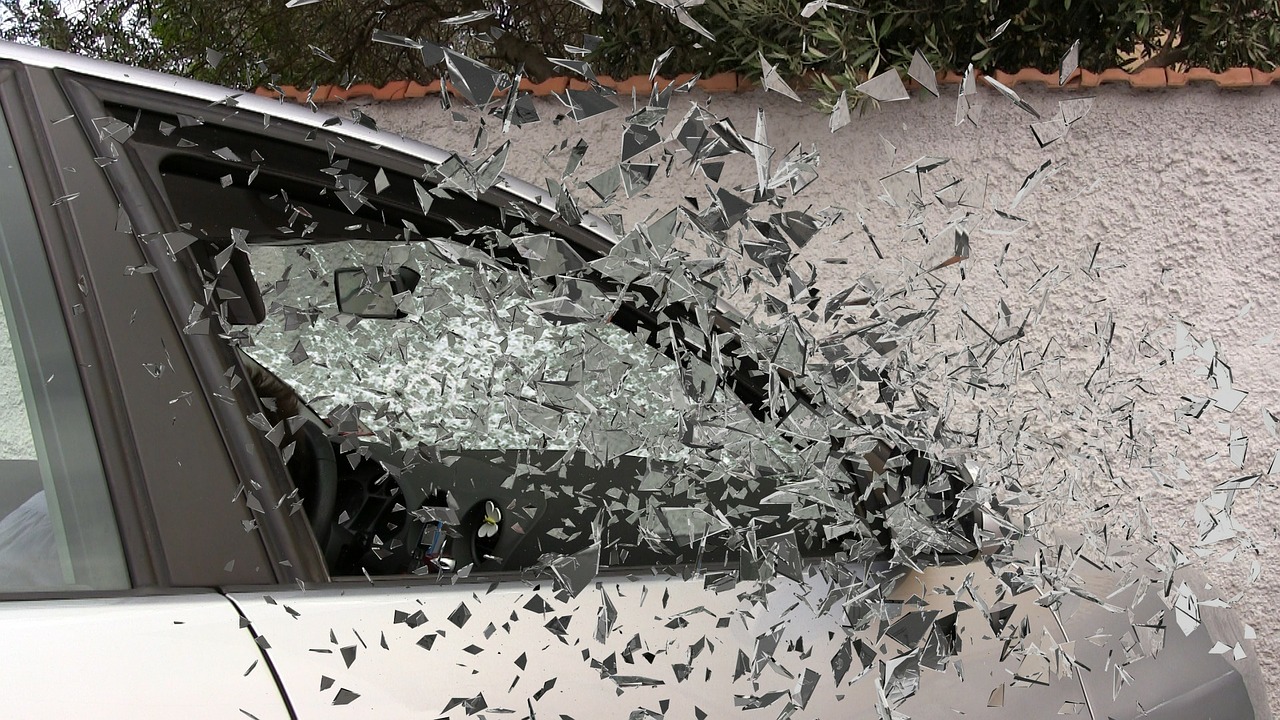While seat belt usage has increased at a steady pace since 1994, motor vehicle injuries continue to be a leading cause of death among children in the United States.
According to a study published in the May 2017 Journal of Pediatrics, 43% of all child fatalities due to traffic collisions all had a common denominator of the child or children in question not being properly secured in an appropriate child restraint, or that restraint was being improperly or inappropriately used.
Seatbelts Save Lives
It has been conclusively proven that seatbelt usage increased in states where there were more stringent laws enforcing use of restraints. It should come as no surprise to anyone that the safest way to reduce the risk of traffic and motor vehicle related fatalities among children is to ensure that child seats, boosters, and seatbelts are all being used properly.
Proper Child Seat, Booster Seat, & Seatbelt Use For Children
To that end, we would like to share these helpful reminders from the National Highway Traffic Safety Administration with our audience and valued clients:
- Any children under the age of 13 must always ride in the backseat of the car.
- Sometimes a child is very short and from the front seat the parent or guardian may only be able to see the top of the child’s head in their rear-view mirror.
- In this case, a booster seat is recommended. Booster seats have been observed to reduce the risk of serious injury in children 4-8 years old by an estimated 45%.
- Any children under the age of 2 years old must be secured in a rear facing car seat.
- Once a child has outgrown a rear-facing car seat, they can move up to a regular car seat.
- This implies a minimum of 4’9 in height or 40 lbs. in weight. In general terms this occurs around the age of four years old.
- Children who do not meet these minimum standards should continue to be restrained in a rear-facing car seat.
- Once the child is approaching the age of 13, they are usually of a height and weight that makes being restrained by a conventional hip and shoulder seatbelt appropriate.
Higher Safety Standards Now Than In Days Gone By
Many people grew up at a time where such rigorous standards had not yet put in place. As children, we sat in front seats, truck flatbeds, and the rear areas of station wagons and considered ourselves safe. We may well have been placed in these and any number of situations that by current standards would be considered grossly unsafe.
It is important to remember that our knowledge of crash dynamics and occupant safety is vastly greater now than it was when we were youngsters. The number of cars on the roads and their speed & acceleration capability has also seen dramatic increases. As such, we want to exercise the utmost caution and care when transporting our most precious cargo; our children from point A to point B.



0 Comments